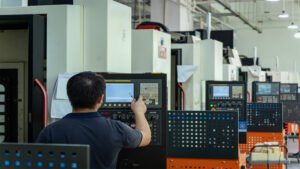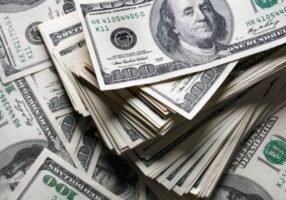Fed expected to hold interest rates steady amid Trump pressure, economic uncertainty
Published: 27 July 2025, 1:24:42

The U.S. Federal Reserve is widely expected to leave interest rates unchanged at its upcoming policy meeting this week, despite mounting political pressure from President Donald Trump and growing concerns about the economy.
The central bank, which has held its benchmark lending rate steady at 4.25% to 4.50% since the start of the year, is taking a cautious, data-driven approach as it assesses the economic impact of Trump’s sweeping tariffs and the evolving inflation landscape.
Trump, who returned to the presidency in January, has imposed broad 10% tariffs on most imported goods, along with steeper duties on steel, aluminum, and automobiles. While the inflationary effects of those tariffs are still emerging, the president has continued to criticize the Fed — and Chair Jerome Powell in particular — for not slashing rates, calling him a “numbskull” and “moron.”
At a tense visit to the Fed’s $2.5 billion renovation project on Thursday, Trump publicly clashed with Powell over the cost of the refurbishment. Though he previously hinted at using the project as leverage to remove Powell, he later backed down, acknowledging that such a move was unlikely.
Despite political tension, economists believe the Fed will remain focused on macroeconomic indicators. “We’re just now beginning to see the evidence of tariffs’ impact on inflation,” said Ryan Sweet, chief U.S. economist at Oxford Economics. “We think that’s going to give the Fed reason to remain on the sidelines.”
Trump has also argued that cutting interest rates would reduce government interest payments, even calling for a dramatic three-point cut — a move economists widely view as extreme.
Sweet suggested the administration’s veiled threats against Powell — including floating the idea of his removal — were a “trial balloon” to gauge market reaction. “It showed that markets value an independent central bank,” he added.
The labor market remains a key area of concern. While the overall job market has held up, cracks are beginning to form: hiring is slowing, and permanent job losses are rising. “There are some fissures in the labor market, but they haven’t turned into fault lines yet,” Sweet said.
Although analysts expect the Fed to hold rates for a fifth consecutive meeting, some dissent among Fed officials is possible. Governor Christopher Waller and Vice Chair for Supervision Michelle Bowman have both expressed openness to rate cuts in the near future. However, such dissents are not unusual during periods of heightened uncertainty, economists say.
Kathy Bostjancic, chief economist at Nationwide, noted, “Too many dissents could be eyebrow-raising,” but added she doesn’t anticipate Powell losing control of the board.
With Powell’s term running through May 2026, the Fed appears poised to weather both economic and political headwinds — at least for now.





